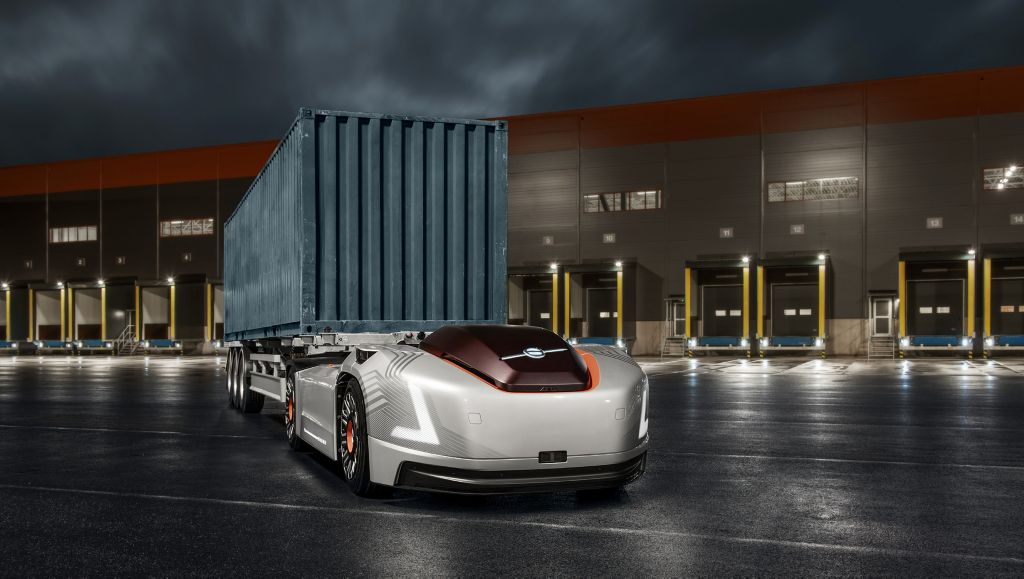9 key questions about Vera


How did you come up with a solution like Vera?
Bold innovation and a willingness to be daring is part of Volvo Trucks’ DNA. Traditionally we have taken a step-by-step approach to product development, but as someone once said to me, ‘you cannot build a ladder to the moon’. It might feel like you’re getting closer, but you will never get there. You need to do something radically different.
When we started this project, we began by putting ourselves in a future scenario and asking what would be the ideal transport solution. We then used a rubber band approach, where we stretched our insights back and looked at what we could do already today to reach our vision. Vera is essentially our way of building something that can take us into the future.
Is Vera just a concept, or is it something we’re likely to see in real operations?
Vera is a complement to increase our current offering. It is still under development, as we need to take steps to secure safety aspects and can deliver a premium experience to our customers.
What does Vera offer customers?
For Volvo Trucks it is important to offer a premium experience, giving our customers peace of mind and trouble-free transport solutions. We believe that Vera can take us further on this journey.
How will it impact the transport industry?
In places like ports and mega-logistics centres, I think we will see much higher delivery precision, as well as improved flexibility and productivity. Today’s operations are often designed according to standard daytime work hours, but a solution like Vera opens up the possibility of continuous round-the-clock operation and a more optimal flow. This in turn can minimise stock piles and increase overall productivity.
How will it impact society?
Round the clock operations could mean faster delivery times for consumer products. Moreover, since the vehicles are electric, society can benefit from reduced noise, road congestion and exhaust emissions.
Is the technology proven?
In creating Vera, we are integrating new technology, both in the vehicle and in the surrounding infrastructure, which involves a lot of testing to ensure it works together. However, since a lot of the base technology comes from our platform approach at Volvo Trucks, it has to a high extent already been tested. For instance, the electric driveline is the same driveline used in our electric trucks, which has been presented to the market.
How will this affect truck drivers?
Obviously, this will affect drivers in these applications, but in the big picture we foresee an increased need for skilled drivers. I strongly believe that technology drives prosperity and takes society forward. In many factories today, some parts of the production are highly automated while some still need to be operated by people.
I believe that the transport industry will evolve the same way. I foresee that there will be an increased level of automation where it makes sense, such as for repetitive tasks. This in turn will drive prosperity and increase the need for truck drivers in other applications.
Is Vera safe?
Everything we do is engineered to be safe, and we are taking all necessary precautions. We are looking at what is needed in terms of infrastructure, on the vehicles and in a control tower. The vehicles have a lower operating speed, and they are equipped with a number of sensors, radars and cameras. By starting with slower speed in a clearly defined area and then gradually increase speed and building infrastructure, we are confident that we are taking a safe path towards automation.
What is the next step for Vera?
To begin with, we will operate over short distances in repetitive flows. As we gain more experience, we can look into expanding into other applications. However, Vera is not intended to be a solution for everyone, everywhere. It is a solution that we will adapt and tailor from user to user, depending on their unique needs.